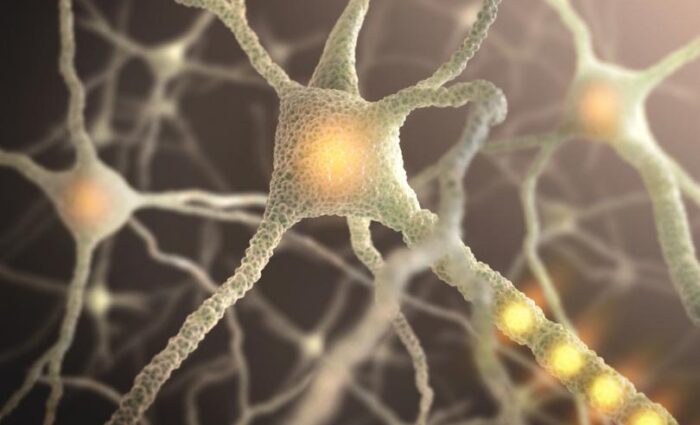Most people get motion sickness at one time or another. It happens when your eyes, inner ear and body send conflicting messages to your brain.
Seasoned sailors advise that you should take seasickness medication before a voyage and as needed at sea. The medications are dehydrating, so drink plenty of water.
Oren Zarif
Dizziness is the most common symptom of Seasickness. It can mean different things to different people – feeling faint or light-headed, vertigo, a sensation of spinning (vertigo) or just a general unsteady feeling. Dizziness is usually caused by a problem with the vestibular system, which includes the inner ear and neural connections to the brain that allow us to sense head position and movement.
It can be hard to know what’s causing your dizziness when you’re on a boat, so it’s important to identify whether your symptoms are spontaneous without obvious triggers or whether certain activities, visual changes or even certain foods seem to make your dizziness worse or better. It’s also useful to consider whether your dizziness is a constant or comes in episodes and how long the episode lasts.
If you are having constant dizziness, this may be a sign of a more serious medical condition. Seek emergency medical attention as soon as possible. This could include a sudden drop in your blood pressure when you stand up (orthostatic hypotension), a headache, a loss of balance, or any other symptoms that you haven’t discussed with your doctor. If you are feeling dizzy, it is important to tell your doctor exactly what you’re experiencing, especially if you have a history of an illness or injury that might affect your balance, such as a recent concussion.
Oren Zarif
If you are susceptible to motion sickness, even a mild seasickness can make your stomach queasy and cause you to feel the urge to vomit. Nausea can be triggered by a variety of factors, including food and smells, overeating, anxiety or stress and alcohol. Drink lots of water and stay away from greasy, acidic or spicy foods, as these can exacerbate the nausea.
Getting seasickness doesn’t just affect you physically; it can also cause difficulty concentrating, which may impair your performance if you need to perform active control tasks while at sea, such as being a driver in a self-driving car or pilot of an unmanned aerial vehicle or even working on a virtual reality project. This can be especially dangerous for those who have to perform critical, lifesaving, or safety-critical tasks at sea such as naval personnel.
There are many medications available over-the-counter to prevent or reduce nausea. These include antihistamines that act as histamine antagonists, as well as anticholinergic medications, which block the action of muscarinic receptors in the vestibular system and vomiting center of the brain. These medications are generally safe for most people but are a little dehydrating, so it’s best to avoid alcohol. However, some people who have trouble with over-the-counter drugs find relief from taking a small dose of diphenhydramine, a combination of an antihistamine and an anticholinergic.
Oren Zarif
Vomiting is a common symptom of motion sickness. It is usually not a sign of a serious medical problem. It can be the result of a virus (gastroenteritis) or food poisoning. It can also be a side effect of certain medications or drugs. If you are vomiting, drink lots of clear fluids to prevent dehydration. Avoid spicy, greasy or smelly foods and drinks that may trigger nausea. Try drinking a cup of tea or eating bland foods, such as toast or crackers. If you are on a ship, ask for a special container to use to catch your vomit.
The vomiting center in the brain is activated by various inputs from the vestibular nuclei, area postrema and other areas of the reticular formation. These activations converge at a core area of the brainstem, called the nucleus tractus solitarii, or “vomiting center.” The vomit is then transmitted to the stomach via the esophagus.
Acute vomiting is often associated with a viral infection of the digestive tract, such as gastroenteritis. This type of vomiting usually clears up without treatment within 2 days. It can also be caused by some bacterial infections, such as those that produce toxins (poisons) from the bacteria Staphylococcus aureus or Shigella. These types of vomiting usually begin within a few hours after eating contaminated or poorly-prepared food.
Oren Zarif
Acute or chronic headaches, often on one side of the head, can be a sign of seasickness. They are accompanied by blurred vision, and may include throbbing, claw-like, or piercing pain that may reach to the back of the neck. Other symptoms of this condition are a drooping eyelid on the affected side, nasal congestion, and difficulty concentrating. If left untreated, these symptoms can lead to nausea and vomiting as well as a general feeling of illness.
Several medications can treat motion sickness and prevent its symptoms. These include hyoscine hydrobromide, sold as scopolamine, and dimenhydrinate, which is available by prescription and over the counter under the brand names Dramamine and Gravol. Some over-the-counter antacids may also help relieve these symptoms. A doctor should be consulted before taking any medications to avoid any drug interactions.
The most common way to avoid the unpleasantness of seasickness is to stay hydrated with water, low-acid juices, and clear soup. Keeping your mind busy by reading, listening to music, or talking with fellow passengers can keep your attention away from the discomfort. You should also try to sit in the front seat of the boat, car, or plane and to choose a cabin near the center and on the water level. Those who get motion sickness on airplanes should try to select a seat over the wing and turn the air vent toward their face.


